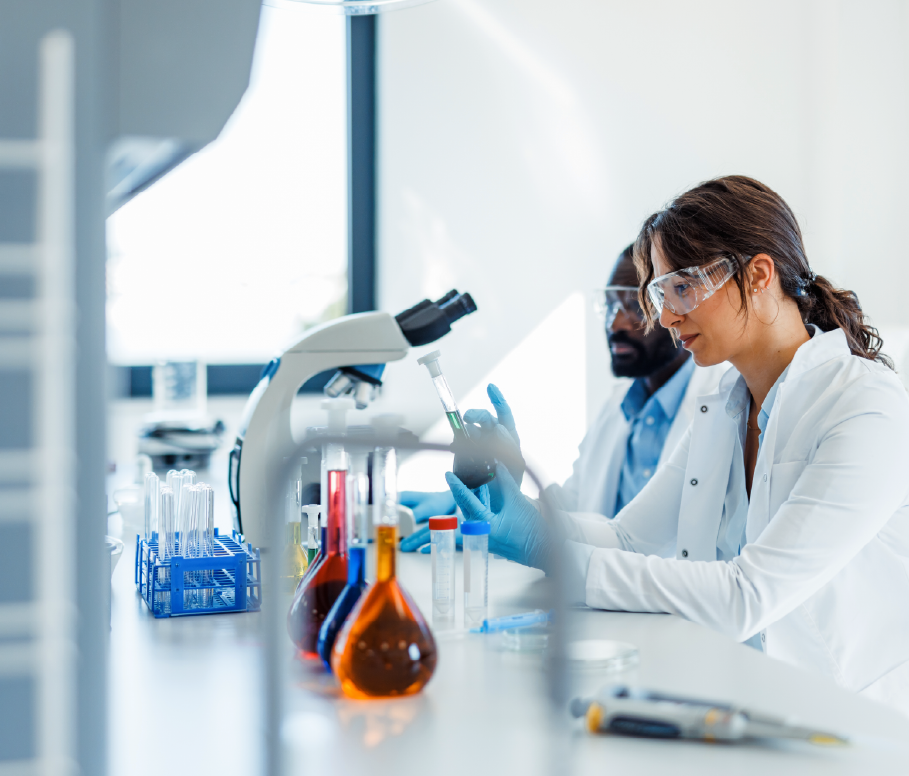At the 78th World Health Assembly (WHA), global leaders formally adopted the WHO Pandemic Agreement. The adoption of the Pandemic Agreement follows more than three years of rigorous negotiations and seeks to fortify the world’s capacity for pandemic prevention, preparedness and response in light of the lessons learned from COVID-19.
Supporting strong intellectual property (IP) protections will continue to be central to the world’s ability to both innovate for and respond to future global health challenges. This critical balance and the importance of preserving IP frameworks to enable collaboration and further progress were highlighted during this year’s assembly.
The Pandemic Agreement itself directly appreciates IP’s role in enabling innovation while also calling for greater access by “recognizing that intellectual property protection is important for the development of new medicines” and “emphasizing the need to improve access to quality, safe, effective and affordable medicines and other health technologies…[through] transfer of technology as mutually agreed, cooperation, strengthened legal and regulatory frameworks and other initiatives.”
The International Federation of Pharmaceutical Manufacturers and Associations (IFPMA) reinforced that it is “critical not to dilute or undo the frameworks that have worked well, including those relating to intellectual property, voluntary licensing and technology transfer, or make the inter-pandemic burden on industry so high that it disincentivizes future engagement.”
Far from being a barrier, IP is essential for driving medical innovation and enabling global partnerships through mechanisms like voluntary and mutually agreed upon technology transfer and patent licensing.
As Member States work to implement the Pandemic Agreement through national legislation, they must preserve incentives for innovation, including robust IP protections. Upholding strong IP protections is not just about safeguarding innovation; it’s about ensuring lifesaving technologies can reach patients across the globe in future pandemics.
“Far from being a barrier, IP is essential for driving medical innovation and enabling global partnerships through mechanisms like voluntary and mutually agreed upon technology transfer and patent licensing.”


